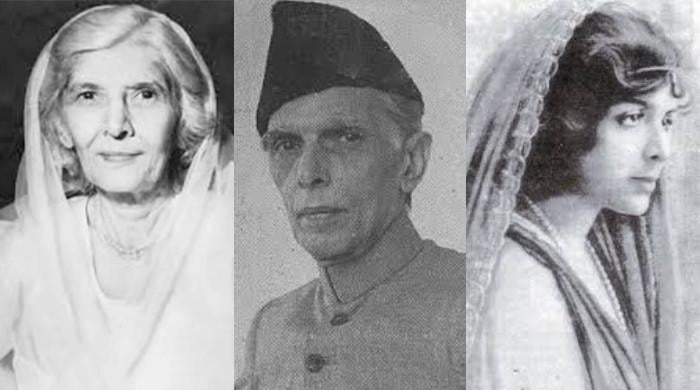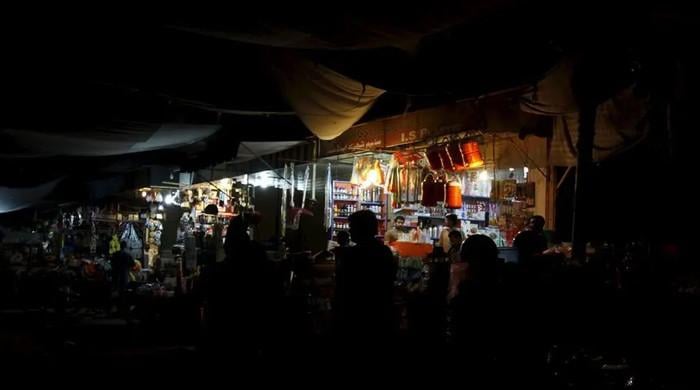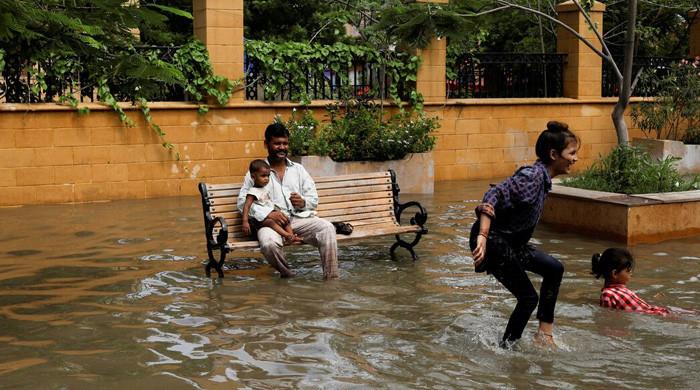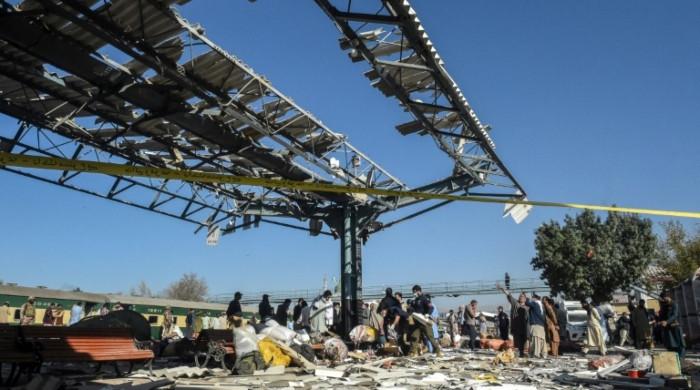Blog: I interviewed students, parents and teachers in Kasur after 2015. Here's what I found out
'It was evident that these children were living under a shadow of terror'
February 03, 2018
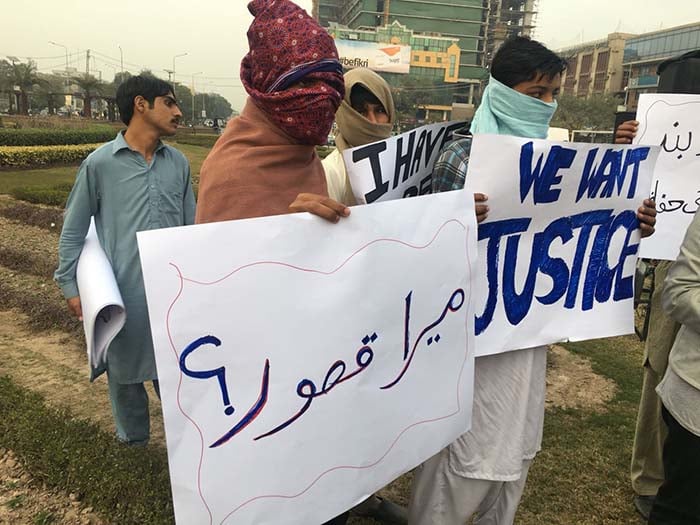
For the past two years, the district of Kasur has received tremendous media coverage due to reports of child sexual abuse. When the child abuse scandal was first brought to the public’s attention in 2015, major channels and media outlets began a week-long circus of criticism, vilification, long-winded discussions on the subject and other forms of traditional tirade. Within weeks, however, the hype was gone.
In early 2016, the Lahore-based Kashf Foundation highlighted the issue in their drama serial, Udaari, and the conversation was brought to the forefront again. This was followed by the launch of a child safety and wellbeing campaign by Kashf in low-income private schools in Lahore and Kasur. As a consultant, I was given the responsibility of designing a child safety curriculum for these schools.
I began interviewing students, teachers and parents in different areas of Lahore to understand their notions around safety and self-protection. When I spoke to students, I found out that no one had ever spoken to them about their personal safety let alone protecting their bodies. Teachers only emphasised some basic rules about road safety, if and when they did happen to talk about any form of safety. The population I interviewed were primary and secondary school students, both girls and boys.
But then I entered Kasur. There was a stark difference in the perception of students in this part of the country than what I had seen in the peri-urban and urban areas of Lahore. It was evident that these children were living under a shadow of terror, of harassment and of a deep-rooted fear of the worst befalling them after 2015. The experiences shared by secondary and primary school girls of street harassment made me shudder. I felt I was in a distorted, alternative reality where abusing children was as common as buying groceries.
These young children were facing such criminal activities on a daily basis and yet had no notion of protection or even protest by the community. Abuse and harassment had become a norm that people quietly accepted and never spoke of. Children were chased by men loitering around on their way to and from school. They preferred travelling in groups but one man would be enough to threaten the safety of the entire group. In many of these encounters, the girls would often run for their lives in panic, expecting no help from other elders. Every neighbourhood had had a case of abduction and rape. Sometimes it was out of nowhere while at other times, it would happen after several attempts by the same perpetrator in the same place.
Girls said that if they told their families about their experiences on the street they would be asked to leave school. Many of them did leave school due to the ongoing harassment. It made me wonder how deeply rooted that sense of helplessness was within the community. And more importantly, would these children then be compelled to remain indoors for the rest of their lives? I also pondered about who or what was enabling the persistence of these notions of fear or preventing any reasonable preventive (if not curative) action against these horrendous crimes.
When speaking to them about safety measures and what can be done to help them feel safe, admittedly, I felt a safety curriculum was not the answer. The issue was rooted not only in law enforcement and its inability to protect the community against this particular crime but also in the community members themselves who felt ‘flight’ from or suppression of the issue was the only viable option. While it’s difficult to suggest, the blame for sexual abuse lies almost exclusively with the community. These girls were very aware of the threats but needed protection, not awareness. Many children I worked with spoke of their need and willingness to learn self-defence techniques, an idea that both excited and saddened me. They needed skills to fight the imminent danger they found themselves in because they knew nobody else would offer them protection.
But when I spoke to the boys from the same class, it was a totally different story. None of them expressed a fear or exposure to the threats that was commonplace for the girls. I can’t speculate as to whether it was due to a reticence to expose their fears or whether they were, in fact, not as vulnerable to sexual violence. However, it did point to the schism within the society where one population felt extremely vulnerable and the other was not even familiar with the daily struggles of the other half.
In conclusion, I am reminded of a quote from a similar incident of child abuse at the hands of some religious clerics in the West: “It takes a village to rape a child.” In my opinion, Kasur may be the hallmark for this statement, and any solution to tackle this problem thus needs to start with the community and be addressed at multiple levels, including education, awareness, stricter measures against perpetrators, and increased involvement of the law, law enforcement agencies and the media.
Suheyl is a certified therapist in Lahore. Information courtesy, the Kashf Foundation.
Note: The views expressed in the article are those of the author, and do not necessarily reflect the official policy or position of Geo News or the Jang Group.





